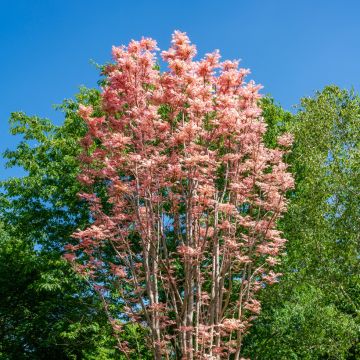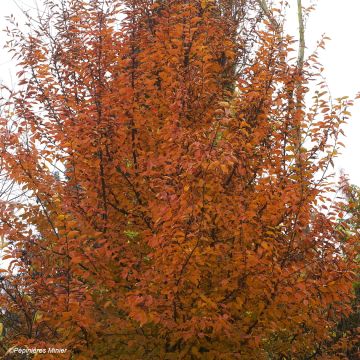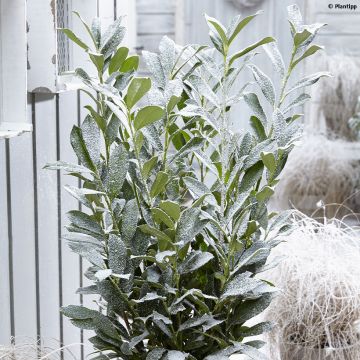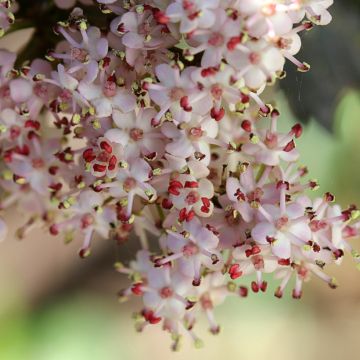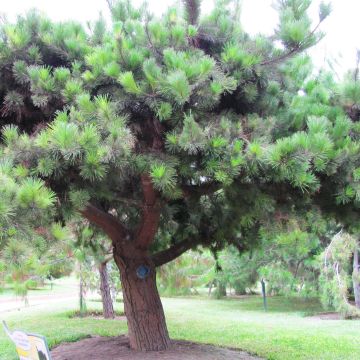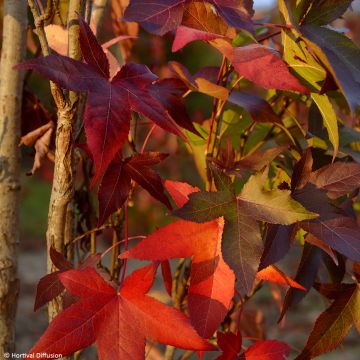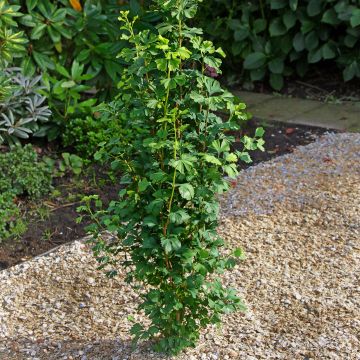Upright trees
Would this plant suit my garden? Set up your Plantfit profile →
Available in 2 sizes
Available in 1 sizes
Available in 1 sizes
Available in 2 sizes
Available in 3 sizes
Available in 1 sizes
Available in 3 sizes
Available in 2 sizes
Available in 2 sizes
Available in 2 sizes
Available in 1 sizes
Available in 1 sizes
Available in 2 sizes
Available in 2 sizes
Available in 1 sizes
Available in 1 sizes
Available in 2 sizes
Available in 3 sizes
Available in 2 sizes
Available in 2 sizes
Available in 3 sizes
Available in 1 sizes
Available in 2 sizes
Available in 1 sizes
Available in 2 sizes
Available in 2 sizes
Available in 1 sizes
Available in 3 sizes
Available in 1 sizes
Available in 3 sizes
Available in 2 sizes
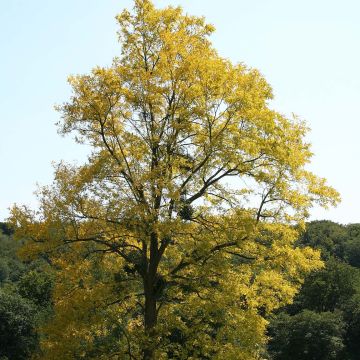
Available in 3 sizes
Available in 2 sizes
Available in 1 sizes
Available in 1 sizes
Available in 1 sizes
Available in 2 sizes
Available in 2 sizes
Available in 1 sizes
Available in 2 sizes
Available in 2 sizes
Available in 2 sizes
Available in 2 sizes
Available in 2 sizes
Available in 1 sizes
Available in 1 sizes
Available in 3 sizes
Available in 2 sizes
The columnar trees have a tall and narrow habit, which makes them particularly remarkable from a landscaping point of view, but also easy to integrate into spaces where space is limited.
Some, like the Italian cypress, have even become the emblem of the landscapes of Tuscany and the South of France.
Most often, they are narrow forms of species found in nature: for example, the Persian ironwood 'Persian Spire', or the 'Ivory Tower' yew.
They are also known as "fastigiate", a term that refers to plants that will become slightly more rounded after a few decades, like the fastigiate hornbeam.
Their architecture gives them a lot of presence and also allows them to be used to mark an entrance, a passage, an alleyway... it's up to you to be creative in your garden!
Haven't found what you were looking for?





































